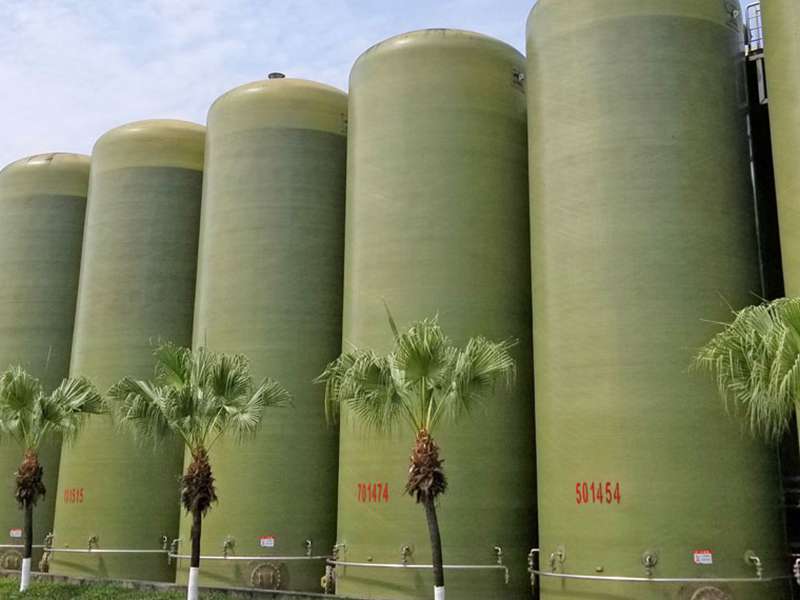
-
 Afrikaans
Afrikaans -
 Albanian
Albanian -
 Amharic
Amharic -
 Arabic
Arabic -
 Armenian
Armenian -
 Azerbaijani
Azerbaijani -
 Basque
Basque -
 Belarusian
Belarusian -
 Bengali
Bengali -
 Bosnian
Bosnian -
 Bulgarian
Bulgarian -
 Catalan
Catalan -
 Cebuano
Cebuano -
 China
China -
 China (Taiwan)
China (Taiwan) -
 Corsican
Corsican -
 Croatian
Croatian -
 Czech
Czech -
 Danish
Danish -
 Dutch
Dutch -
 English
English -
 Esperanto
Esperanto -
 Estonian
Estonian -
 Finnish
Finnish -
 French
French -
 Frisian
Frisian -
 Galician
Galician -
 Georgian
Georgian -
 German
German -
 Greek
Greek -
 Gujarati
Gujarati -
 Haitian Creole
Haitian Creole -
 hausa
hausa -
 hawaiian
hawaiian -
 Hebrew
Hebrew -
 Hindi
Hindi -
 Miao
Miao -
 Hungarian
Hungarian -
 Icelandic
Icelandic -
 igbo
igbo -
 Indonesian
Indonesian -
 irish
irish -
 Italian
Italian -
 Japanese
Japanese -
 Javanese
Javanese -
 Kannada
Kannada -
 kazakh
kazakh -
 Khmer
Khmer -
 Rwandese
Rwandese -
 Korean
Korean -
 Kurdish
Kurdish -
 Kyrgyz
Kyrgyz -
 Lao
Lao -
 Latin
Latin -
 Latvian
Latvian -
 Lithuanian
Lithuanian -
 Luxembourgish
Luxembourgish -
 Macedonian
Macedonian -
 Malgashi
Malgashi -
 Malay
Malay -
 Malayalam
Malayalam -
 Maltese
Maltese -
 Maori
Maori -
 Marathi
Marathi -
 Mongolian
Mongolian -
 Myanmar
Myanmar -
 Nepali
Nepali -
 Norwegian
Norwegian -
 Norwegian
Norwegian -
 Occitan
Occitan -
 Pashto
Pashto -
 Persian
Persian -
 Polish
Polish -
 Portuguese
Portuguese -
 Punjabi
Punjabi -
 Romanian
Romanian -
 Russian
Russian -
 Samoan
Samoan -
 Scottish Gaelic
Scottish Gaelic -
 Serbian
Serbian -
 Sesotho
Sesotho -
 Shona
Shona -
 Sindhi
Sindhi -
 Sinhala
Sinhala -
 Slovak
Slovak -
 Slovenian
Slovenian -
 Somali
Somali -
 Spanish
Spanish -
 Sundanese
Sundanese -
 Swahili
Swahili -
 Swedish
Swedish -
 Tagalog
Tagalog -
 Tajik
Tajik -
 Tamil
Tamil -
 Tatar
Tatar -
 Telugu
Telugu -
 Thai
Thai -
 Turkish
Turkish -
 Turkmen
Turkmen -
 Ukrainian
Ukrainian -
 Urdu
Urdu -
 Uighur
Uighur -
 Uzbek
Uzbek -
 Vietnamese
Vietnamese -
 Welsh
Welsh -
 Bantu
Bantu -
 Yiddish
Yiddish -
 Yoruba
Yoruba -
 Zulu
Zulu
Effective Fog Removal Using FRP Demister Equipment for Enhanced Efficiency and Performance
Efficient Fog Elimination with FRP Demister Equipment
In various industrial processes, fog formation can be a significant challenge, leading to inefficiencies and potential safety hazards. To address this issue, the implementation of advanced equipment like FRP (Fiberglass Reinforced Plastic) demisters has become crucial. This innovative technology offers an efficient solution for fog elimination, ensuring smoother operations across multiple sectors.
Understanding FRP Demisters
FRP demisters are specialized devices designed to remove moisture and entrained droplets from gas streams. Made from fiberglass reinforced plastic, these demisters are lightweight, corrosion-resistant, and suitable for various applications, including chemical processing, petrochemical plants, and wastewater treatment. The choice of FRP material minimizes the risk of corrosion, which is particularly beneficial in harsh chemical environments.
The core function of a demister is to capture and condense liquid droplets that form during gas transport. When gas encounters cold or humid air, the moisture condenses into fine droplets, leading to fog formation. FRP demisters utilize structured packing, which increases the contact surface area, allowing for efficient droplet coalescence and removal from the gas flow.
Importance of Fog Elimination
Fog formation can lead to several challenges in industrial settings. For instance, in chemical processing, the presence of fog can affect the quality and safety of products. Moreover, fog can lead to dangerous conditions, such as reduced visibility in operational areas, ultimately affecting worker safety. From an operational perspective, fog can also persist in equipment, increasing maintenance costs and downtime. Therefore, effective fog elimination not only enhances product quality but also promotes a safer work environment and optimizes operational efficiency.
Benefits of Using FRP Demisters
1. Enhanced Efficiency FRP demisters are designed for high efficiency in fog removal. The structured packing facilitates droplet coalescence, resulting in a higher percentage of moisture removal from the gas stream. This efficiency helps maintain optimal process conditions and improves the overall productivity of industrial operations.
frp demister equipment efficient fog elimination for

2. Corrosion Resistance The use of FRP material makes these demisters highly resistant to corrosion. In industries that handle corrosive materials, this durability extends the lifespan of the equipment and reduces the frequency of replacements and repairs.
3. Lightweight Design FRP demisters are significantly lighter than traditional metal demisters. This attribute not only simplifies installation but also reduces the structural requirements for support systems, which can lead to overall cost savings in construction and setup.
4. Low Maintenance Requirements The low susceptibility to corrosion and the streamlined design of FRP demisters contribute to their minimal maintenance needs. This aspect allows for uninterrupted operations, further enhancing productivity.
Applications Across Industries
FRP demisters are versatile and find applications across various industries. In oil and gas, they are vital for mist elimination in refining processes, ensuring that the resulting products meet stringent quality standards. In the chemical industry, they help in preventing fog formation during reactions, protecting sensitive materials and equipment.
Furthermore, these demisters are employed in power plants, especially those dealing with steam and gas mixed media. In municipal wastewater treatment facilities, they effectively remove moisture from gas emissions, thus improving air quality and compliance with environmental regulations.
Conclusion
As industries continue to seek ways to optimize operations and ensure safety, the role of efficient fog elimination technologies like FRP demisters becomes increasingly significant. Their ability to effectively remove moisture while providing long-lasting durability makes them an indispensable asset in modern industrial processes. By investing in such advanced equipment, companies can enhance productivity, safeguard their operations, and meet the stringent demands of today’s industrial landscape.
Latest news
-
Exploring the Benefits of Top Hammer Drifter Rods for Enhanced Drilling PerformanceNewsJun.10,2025
-
High-Precision Fiberglass Winding Machine for GRP/FRP Pipe Production – Reliable & Efficient SolutionsNewsJun.10,2025
-
FRP Pipes & Fittings for Shipbuilding - Corrosion-Resistant & LightweightNewsJun.09,2025
-
Premium FRP Flooring Solutions Durable & Slip-ResistantNewsJun.09,2025
-
Premium Fiberglass Rectangular Tanks Durable & Lightweight SolutionNewsJun.09,2025
-
Tapered Drill String Design Guide Durable Performance & UsesNewsJun.09,2025









